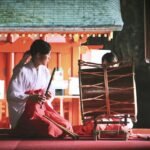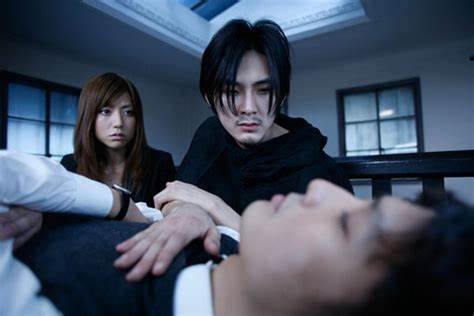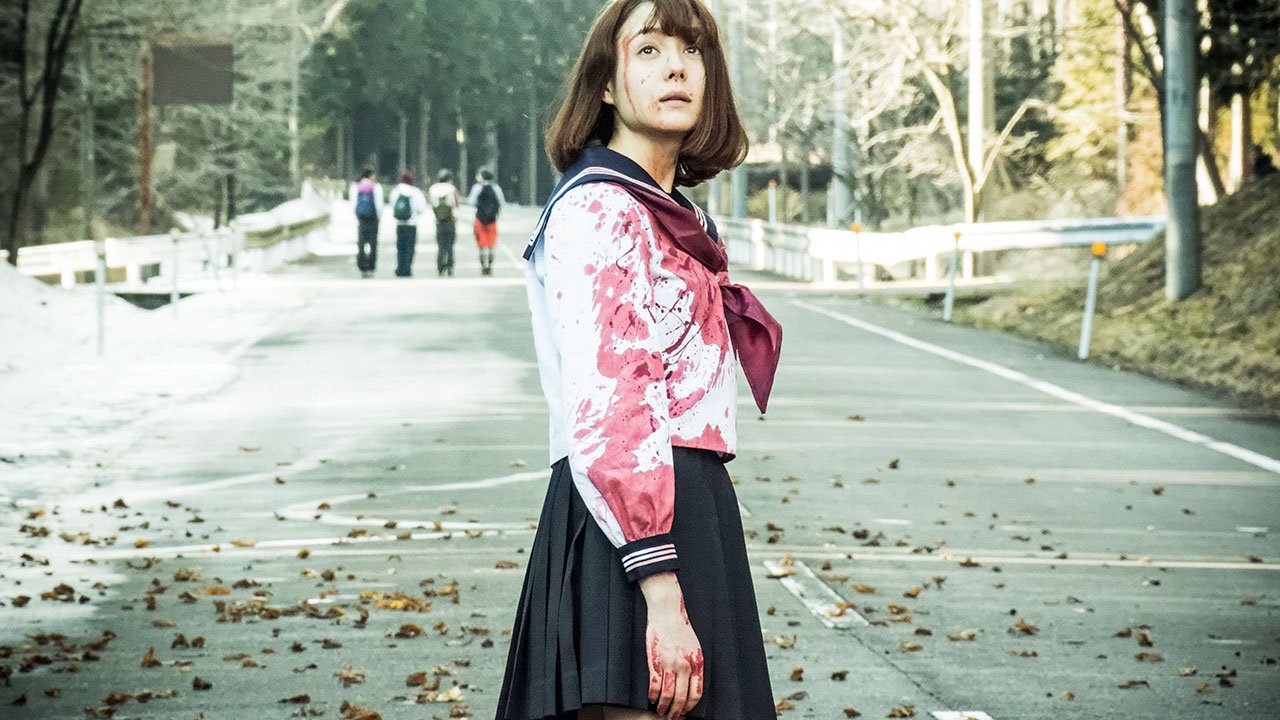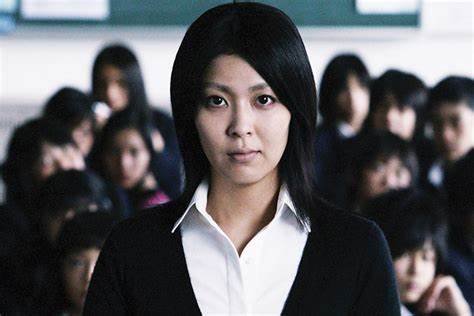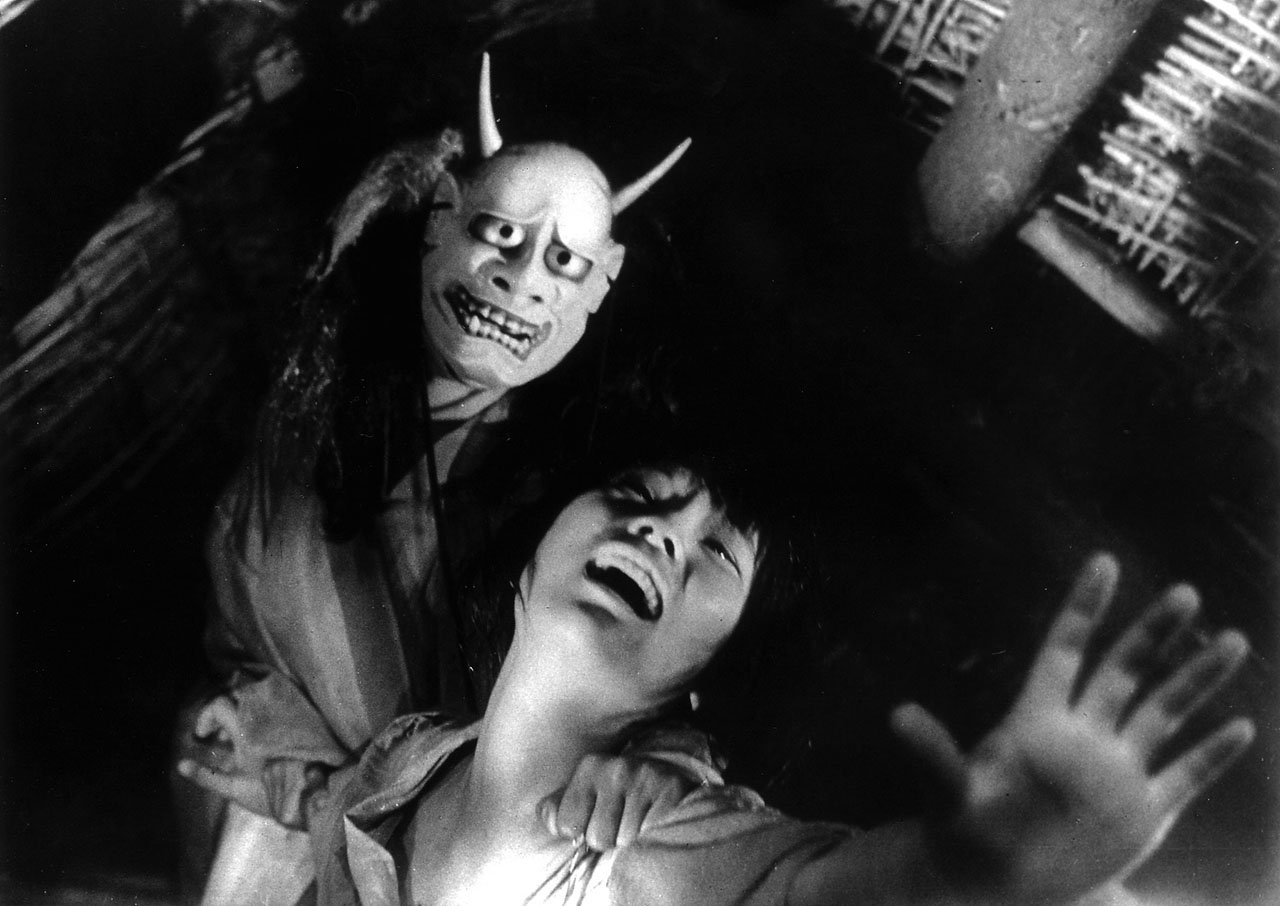Japanese horror films are renowned for their unique approach to fear, often delving into the psychological rather than relying solely on supernatural elements. This psychological depth sets them apart from Western horror and creates a lasting impact on viewers. This article explores the psychological elements of Japanese horror films, examining how they evoke fear and anxiety through mental and emotional themes.
1. The Concept of Psychological Horror
a. Mind Over Matter
Japanese horror frequently explores psychological horror, where the terror stems from the mind rather than physical threats. This form of horror delves into fear, anxiety, and disturbing psychological states, creating a more nuanced and unsettling experience. Films like “Ringu” (1998) and “The Ring” (2002) use psychological tension to build suspense and fear.
b. The Unseen and the Unknown
A key element in Japanese psychological horror is the use of the unseen and the unknown. By not fully revealing the source of terror, these films exploit the audience’s imagination and fears. “Ju-on: The Grudge” (2002) and “Noroi” (2005) create anxiety through ambiguous and often incomprehensible elements, playing on the viewer’s dread of what cannot be understood or seen.
2. Themes of Isolation and Alienation

a. Emotional Isolation
Many Japanese horror films explore themes of emotional isolation and alienation. Characters often face their fears alone, heightening their psychological distress. “Pulse” (2001) portrays the loneliness and existential dread associated with modern technology, reflecting societal anxieties about isolation in the digital age.
b. Social Alienation
Social alienation is another recurring theme. Films like “Dark Water” (2002) address the alienation of individuals from their communities and the impact of unresolved trauma. This isolation contributes to the psychological horror by intensifying feelings of helplessness and fear.
3. Trauma and Psychological Scarring
a. Traumatic Experiences
Japanese horror often incorporates trauma as a driving force behind the horror. Characters dealing with past trauma or unresolved psychological issues are central to many narratives. “Audition” (1999) explores themes of revenge and psychological manipulation rooted in past trauma, creating a disturbing and impactful experience.
b. Psychological Scarring
The concept of psychological scarring is also prevalent. Films like “The Eye” (2002) depict characters haunted by their past experiences and the psychological scars left behind, which manifest as supernatural horrors.
4. Exploration of Mental Illness
a. Mental Disturbance
Japanese horror films frequently explore mental illness and disturbance, portraying characters whose psychological states contribute to the horror. “The Grudge” (2002) depicts characters suffering from mental and emotional turmoil, which amplifies the film’s sense of dread and fear.
b. Unreliable Narrators
The use of unreliable narrators is a common technique in Japanese horror. Films like “Infection” (2004) use unreliable perspectives to blur the lines between reality and delusion, creating a disorienting and unsettling viewing experience.
5. Symbolism and Psychological Imagery
a. Symbolic Imagery
Japanese horror employs symbolic imagery to represent psychological states. For example, the use of mirrors and water in films like “Dark Water” (2002) serves as a metaphor for inner turmoil and emotional depths.
b. Psychological Symbolism
Psychological symbolism is often used to enhance the film’s impact. “The Ring” (1998) uses the video tape as a symbol of the characters’ psychological fears and their inescapable doom, blending supernatural and psychological horror.
Conclusion
Japanese horror films offer a unique exploration of psychological elements, delving into themes of fear, isolation, and mental disturbance. By focusing on the mind and emotional states rather than solely on supernatural threats, these films create a profound and unsettling experience. Understanding these psychological elements enhances the appreciation of Japanese horror and its impact on the genre.


